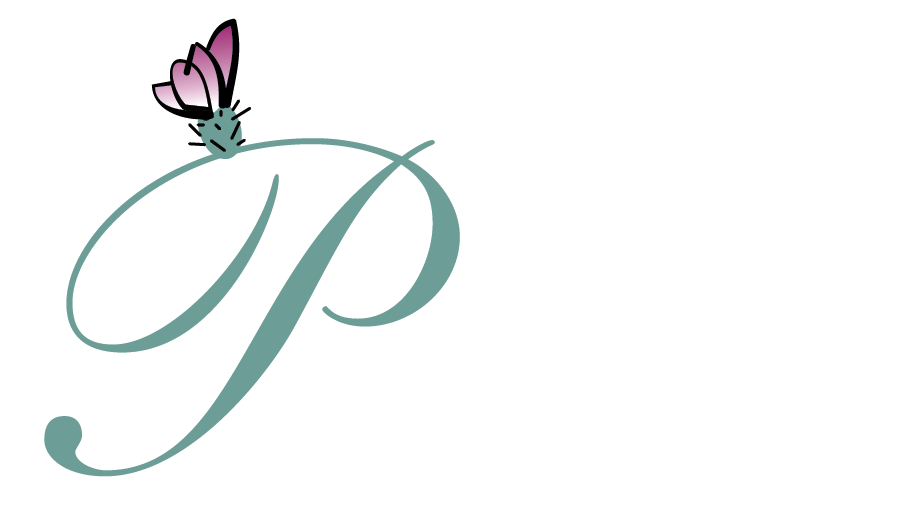Season 26
On The Threshold
PROGRAM NOTES by Jeffrey Sykes, DMA
IV. Teutonic Triumphs
Thursday July 14, 2022
Trinity Baptist Church – 7 pm
Johannes Brahms
(1833-1897)
• Trio in E-flat Major, Op. 40 for piano, violin & horn (1865)
— Cuellar, Yamamoto, Garza
Ludwig van Beethoven (1770-1827) • Septet in E-flat Major, Op. 20 for violin, viola, cello, bass, clarinet, bassoon & horn (1800)
— Sant’Ambrogio, Bryla-Weiss, Kostov, Redzic, Shterenberg, Kuster, Garza
Johannes Brahms (1833-1897)
Trio in E-flat Major, Op. 40 for piano, violin & horn
(1865)
— Cuellar, Yamamoto, Garza
Brahms’ Trio in E-flat Major, Op. 40 is one of the most beautiful works of the chamber music repertoire. It was completed in May 1865 on one of Brahms’ “working vacations” in the town of Lichtental in the heart of the Black Forest. Listening to this trio, we can easily imagine Brahms walking in the dappled light of the ancient forest; every movement shows the depth of feeling to which Brahms was inspired by his surroundings.
Brahms’ father was a professional hornist, and Brahms himself grew up playing the valveless hand horn. He was good at it, too—he played principal horn in the Detmold orchestra in the late 1850s. The horn was historically associated with the hunt and the forest. Also with postal delivery: the logo for the German post office is a valveless horn still today. The beauty of the Black Forest likely made Brahms think of the horn, and that led to thoughts of his horn-playing father and his recently-deceased mother. Brahms’ mother had died only three months earlier, and the slow movement, perhaps even the work as a whole, is clearly an elegy for her.
The form, color, and mood of this trio are determined by its instrumentation like no other work of the composer. Although the trio is usually played on the valve horn today, Brahms wrote it for the valveless hand horn, also called the “natural horn.” On a natural horn, only a limited number of pitches, all part of the major scale, are easily available. To access other pitches, the hornist must reposition the hand inside the bell of the horn. (On a modern valve horn, pitches are changed by depressing a lever.) With the hand in the bell of the horn, not only is the pitch changed, the timbre of the instrument is modified as well, giving a veiled, mysterious quality of sound. In writing for the hand horn, Brahms had to accept the limitations of the instrument. Each of the four movements is in the key of E-flat major or minor—the natural key of the instrument, unless you change crooks—and when Brahms leaves that home base, it is because he wants to take advantage of the concomitant timbral change of the instrument.
The first movement begins with a long, contemplative melody shared by the violin and the horn. Their dialogue grows in intensity and passion. According to Brahms himself, this haunting theme came to him as he spent time “on the wooded heights above the fir trees.” In the second movement, a scherzo, we can easily imagine preparations for a hunt. In the middle section of this movement, Brahms writes a haunting tune in the gloomy key of A-flat minor, a key that requires much use of hand-stopped notes. The third movement, an elegy for Brahms’ mother, is one of his most deeply felt slow movements. It again takes great advantage of the timbre of the hand horn. The slow movement and finale are connected by a little scrap of a tune—a quotation from an optimistic folk song that Brahms had learned from his mother, “In der Weiden steht ein Haus” (“In the Meadow Stands a House”). When first presented, the tune feels like a message from afar—perhaps a reference to the postal associations of the horn. In the finale, Brahms pulls out all the stops and writes what is likely the greatest, most optimistic hunting music of all time, all based on that same folk song.
As an amusing side note, the combination of violin, horn, and piano was so unusual for its time that an early critic, Selmar Bagge, did not accept Brahms’ horn trio as a “legitimate” piece of chamber music! Happily, Bagge’s opinions have not held much sway over audience reaction to the work. Today it is one of the most beloved pieces in the entire repertoire and Stephanie’s personal favorite; thus, in her last season of programming Stephanie wanted to share it with her audiences.
Ludwig van Beethoven (1770-1827)
Septet in E-flat Major, Op. 20 for violin, viola, cello, bass, clarinet, bassoon & horn (1800)
— Sant’Ambrogio, Bryla-Weiss, Kostov, Redzik, Shterenberg, Kuster, Garza
The Septet in E-flat Major, Op. 20 was Beethoven’s most popular piece during his lifetime. According to critic James Keller, shortly after the extremely successful public premiere of the work in 1800, Beethoven wrote to his publisher that “the septet has truly delighted me.” But by 1815 he was overheard saying “That damn work! I wish it could be burned!” Beethoven resented the easy popularity of the Septet and wished some of that popularity would rub off on his more serious compositions. Keller further reports that once Beethoven tried to put off an over-enthusiastic listener by pretending the Septet had been written by Mozart.
The work was sketched in 1799, given a private performance on December 20, 1799, then presented to the public in a benefit concert on April 2, 1800. (The benefit concert was for the benefit of Beethoven, if you’re curious; that was the normal practice of the day.) It was such a success that it immediately led to pirated arrangements and imitations. (This was well before the advent of copyright laws.) If Beethoven resented the popularity of the Septet, he REALLY resented other people profiting from it. Perhaps that’s why he arranged it himself for clarinet, cello, and piano, and published the masterful arrangement as his Op. 38. Imitations of the Septet include the extraordinary Octet of Schubert, the Septets of Kreutzer and Hummel, the Nonets of Spohr and Ferrenc, and even ultimately the two Serenades of Brahms. (This is not to mention the Schleptet of P.D.Q. Bach.)
The overarching plan of the Septet resembles that of Mozart’s great Divertimento in E-flat Major for string trio, K. 563. Like Mozart’s Divertimento, there are six movements in the Septet, each in a relatively light, charming, “easy listening” style. Beethoven substitutes a very fast scherzo for one of Mozart’s minuets, and he adds somber introductions to the first and last movements, giving the work as a whole some gravitas. In scoring the Septet, Beethoven made distinctive use of the clarinet. In fact, one could argue that the clarinet part is just as prominent as the violin part—quite an innovation for the time. The violin part is virtuosic and even includes a short cadenza in the last movement. He wrote the part for the violinist Ignaz Schuppanzigh, a musician who was to be incredibly important not just for Beethoven, but for all of classical music: Schuppanzigh created the first professional string quartet (first called the Schuppanizigh Quartet, later the Razumovsky Quartet) and in that capacity premiered some of the early and most of the the middle and late quartets of Beethoven. (Schuppanzigh was also quite plump, and Beethoven ribbed him endlessly about this.)
Beethoven may have resented the popularity of the Septet, but today we are free to appreciate it for all its considerable charm and wit. This is a work in which we see that Beethoven didn’t just cook with musical meat and potatoes—he was also an extraordinary musical pastry chef, delighting in the play of melodies and textures. It is a perennial favorite with performers and audiences alike.




